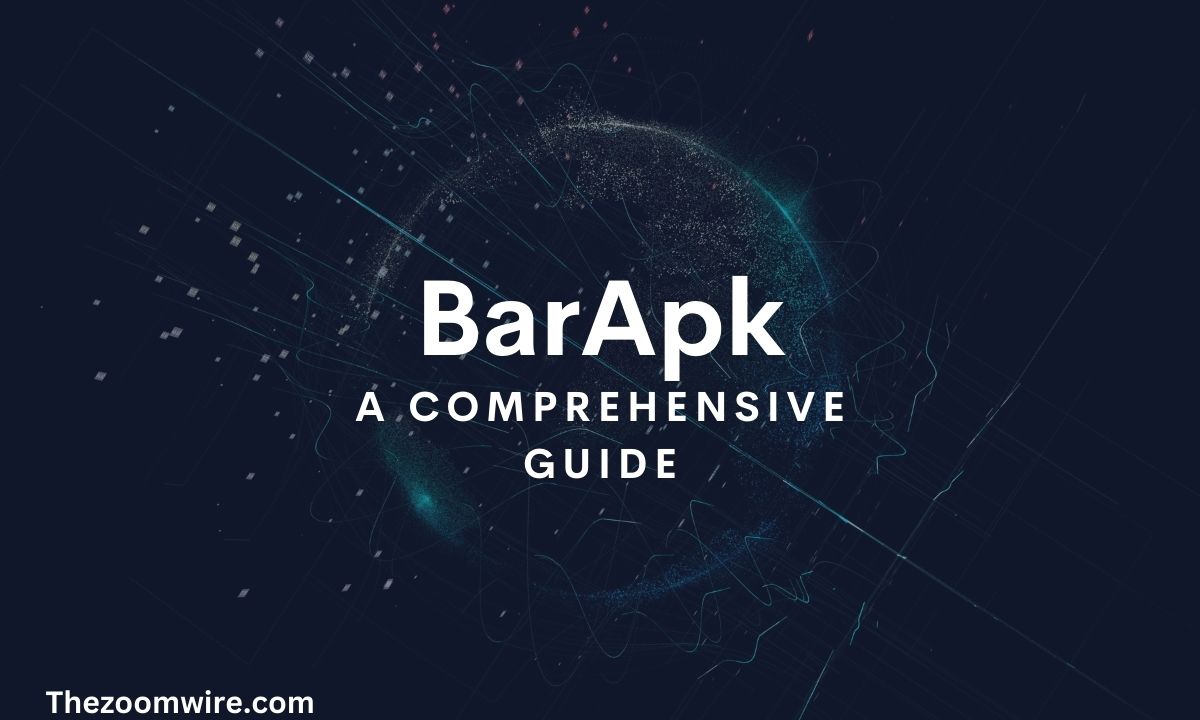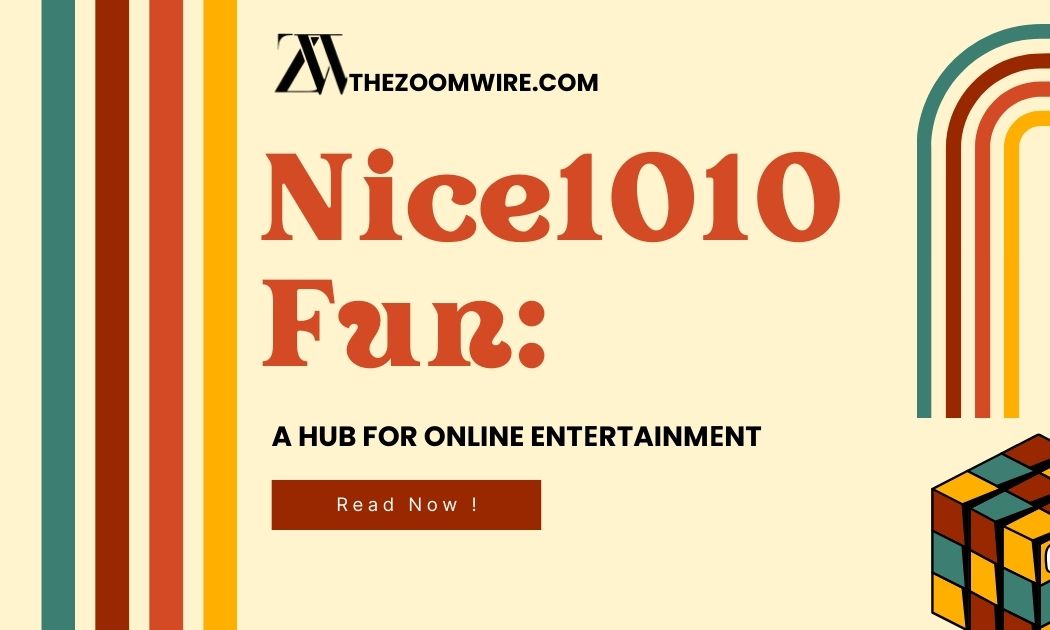In the pulsating environment of content creation, “relevance” is often bandied about, not just as a tired marketing cliché, but as a beacon guiding the creation process. But, what constitutes relevant content? Is it merely keeping up with trends, or is there a more profound, nuanced understanding required? By no means a stationary concept, relevance in content is a vibrant interplay of right timing, understanding audience needs, and being mindful of the cultural context.
The Flux Nature of Relevance
To decipher the true essence of relevant content, it’s essential to realize that relevance is intrinsically mutable. Today’s content may fall on deaf ears tomorrow. Such fluidity is swayed by myriad factors, encompassing current affairs, technological leaps, and evolving societal norms.
For instance, amidst the COVID-19 turmoil, content focusing on telecommuting, mental well-being, and online education witnessed a surge in engagement. These subjects were crucial as they addressed immediate, urgent concerns. However, as we slowly morph into a post-pandemic world, these themes may lose their significance, paving the way for novel topics that capture collective interest.
Profound Audience Understanding: The Key Element
Creating content that clicks with your audience requires a comprehensive, in-depth grasp of your target demographic with the help of an advanced marketing service like King Kong. This transcends basic demographics to delve into psychographics—the values, behaviors, and driving forces behind your audience.
Content creators and marketers need to be devoted to constant learning and adaptation. This entails harnessing data analytics, deploying social listening tools, and direct feedback channels to stay connected with your audience’s interests.
For instance, a brand aiming for Gen Z might discover their keen interest in sustainability and social justice. Crafting content that dovetails with these topics will likely resonate more than traditional, one-size-fits-all messaging.
Timing: The Crucial Factor
Timing is a deterministic element in the relevance formula. Releasing content when your audience is most active can considerably ramp up engagement. Likewise, synchronizing your content schedule with significant dates, events, and seasons can enhance its relevance.
Consider a fitness brand, for instance. Unveiling a new workout regimen in the New Year aligns with the resolution-making mindset, rendering the content timely and thereby, more relevant. Conversely, the same content unveiled mid-year might not achieve the same engagement.
The Role of Cultural Context
Cultural context plays a vital role. Content that conforms to or addresses current cultural discourse can foster a stronger bond with the audience. This necessitates staying abreast with societal trends, movements, and even internet memes that are molding public dialogue.
However, adopting cultural context should be approached with sensitivity and authenticity. Customers are adept at identifying and condemning inauthentic attempts to cash in on cultural moments. Therefore, aligning your content with cultural context must be undertaken with sincerity and respect.
The Need for Continuous Adaptation
Staying relevant demands a dedication to continuous learning and adaptation. The digital sphere is perpetually evolving, and yesterday’s successful strategies may not yield similar results today. Regular reviews of your content strategy, experimenting with innovative formats, and a keen interest in emerging trends are all crucial to stay ahead.
Creating relevant content is a delicate balance between art and science. It encompasses a dynamic amalgamation of audience understanding, perfect timing, and a keen ear for cultural dialogues. By dedicating themselves to perpetual learning and adaptation, content creators and marketers can ensure their content resonates today, and preserves its potency in the future.



